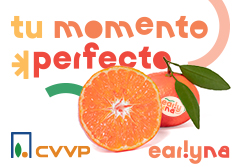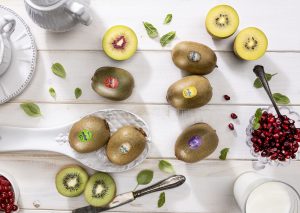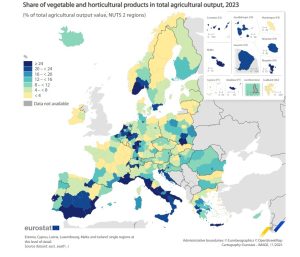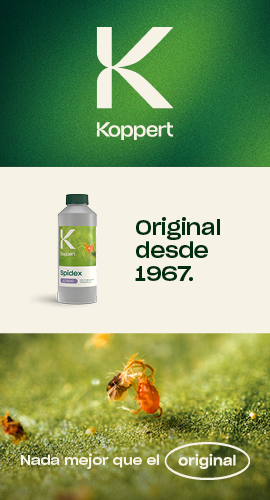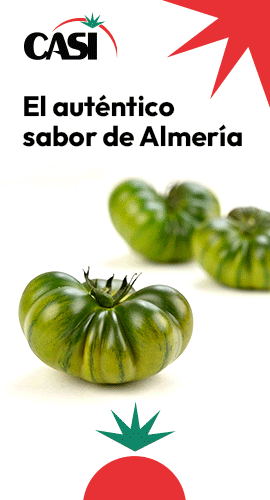The biological fight against aphids will hold a prominent position on Koppert’s stand (9F12) at Fruit Attraction. In spite of the fact that, in general, the pressure of this pest is growing in protected and open-air crops, Koppert’s technical department has obtained excellent results using biological control.
At the trade fair, Koppert will show the technical details of its exclusive strategy, focused on prevention and a complete package of biological solutions that achieve an effective control after the presence of the pest has been detected on the crop.
Permanent assessment
Koppert’s preventive approach is developed using personalised technical assessment throughout the entire cycle. This is a key factor, as it allows the identification of the most suitable moments for releasing each natural enemy in terms of the state of vegetable development, the situation of the farm and weather conditions.
The moment of release can mean the difference between success and failure. For this reason, its strategy has a holistic approach that takes into account all the factors that affect the crop before making a decision.
“The results we have obtained in the fields in different regions around the country, in the open-air, in greenhouses and under mesh, show that the biological control of different aphid species is now a consolidated reality and the most feasible option at present to meet the legislation requirements in force, particularly in ecological farming,” explains Antonio Giménez, the Technical Manager at Koppert in Spain.
An extensive range
In its biological control of aphid strategy, Koppert has integrated a complete catalogue of solutions. The use of natural enemies is paramount, along with refuge plants and vegetable hedges that contribute to keeping the populations of beneficial insects stable all year round.
Regarding the aphid’s natural enemies, Koppert has opted for using parasitoid wasps, which it markets either individually or combined. An example of the latter is Aphiscout, with 5 species of parasitoid wasps, exercising an effective control over most aphid species.
Other highly effective parasitoid wasps are Aphipar (Aphidiuscolemani), Ervipar (A.ervi), or Aphilin (Aphelinusabdominalis), which is particularly effective for controlling localised outbreaks. The extensive effectiveness of Aphidend (Aphidoletesaphidimyza), a cecidomyiidae mosquito or gall midge the larvae of which eat aphids also stands out. A special mention must be given to Aphibank, a system of plant refuges to encourage the presence of the aphids’ natural enemies (parasitoids and predators).
The use of parasitoid wasps is complemented with the hoverfly Predanostrum (Sphaerophoriarueppellii), which has already become an important biological solution for carrying out successful biological control over aphids in strawberries and red berries. With a length of just over 1 cm, this fly is a voracious predator of all aphid species and it is already present in hundreds of hectares of berries in Huelva.
The presence of auxiliary fauna, introduced or spontaneous, must be complemented with microorganisms to improve soil biodiversity. Accordingly, Koppert has confirmed the important benefits of TRIANUM®, a biological fungicide that controls the diseases caused by pathogens and returns biodiversity to the soil.









